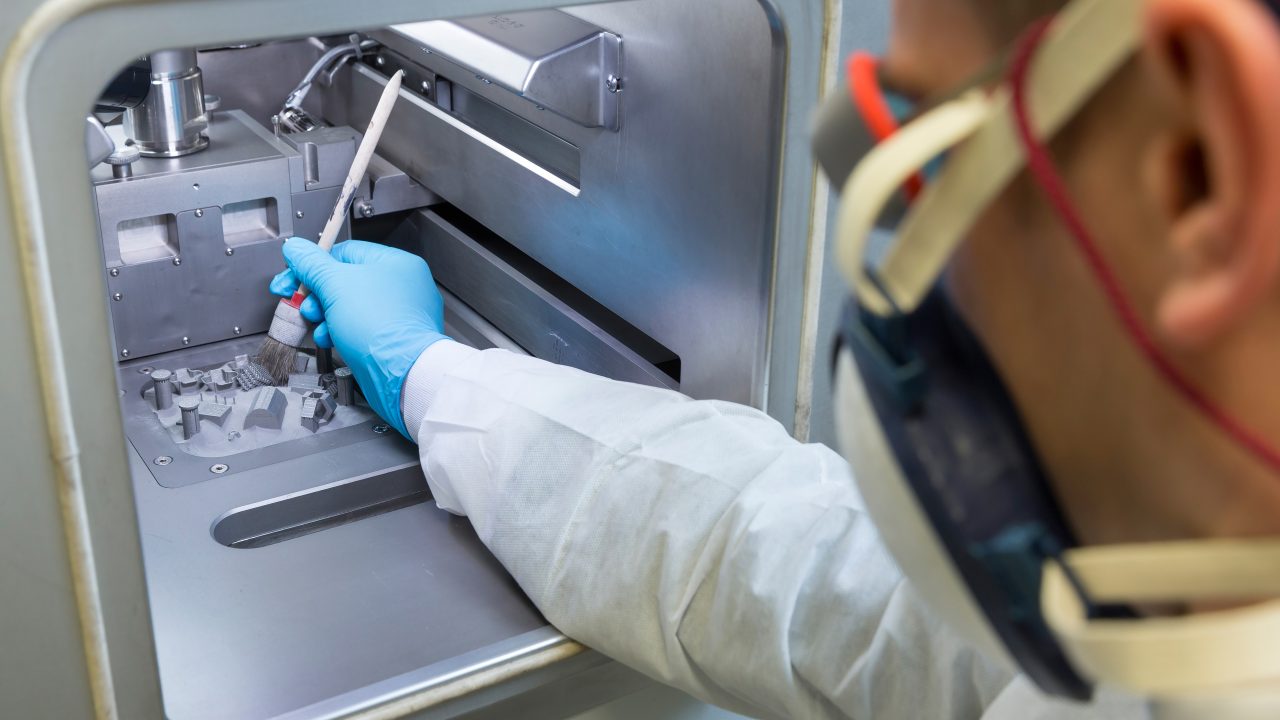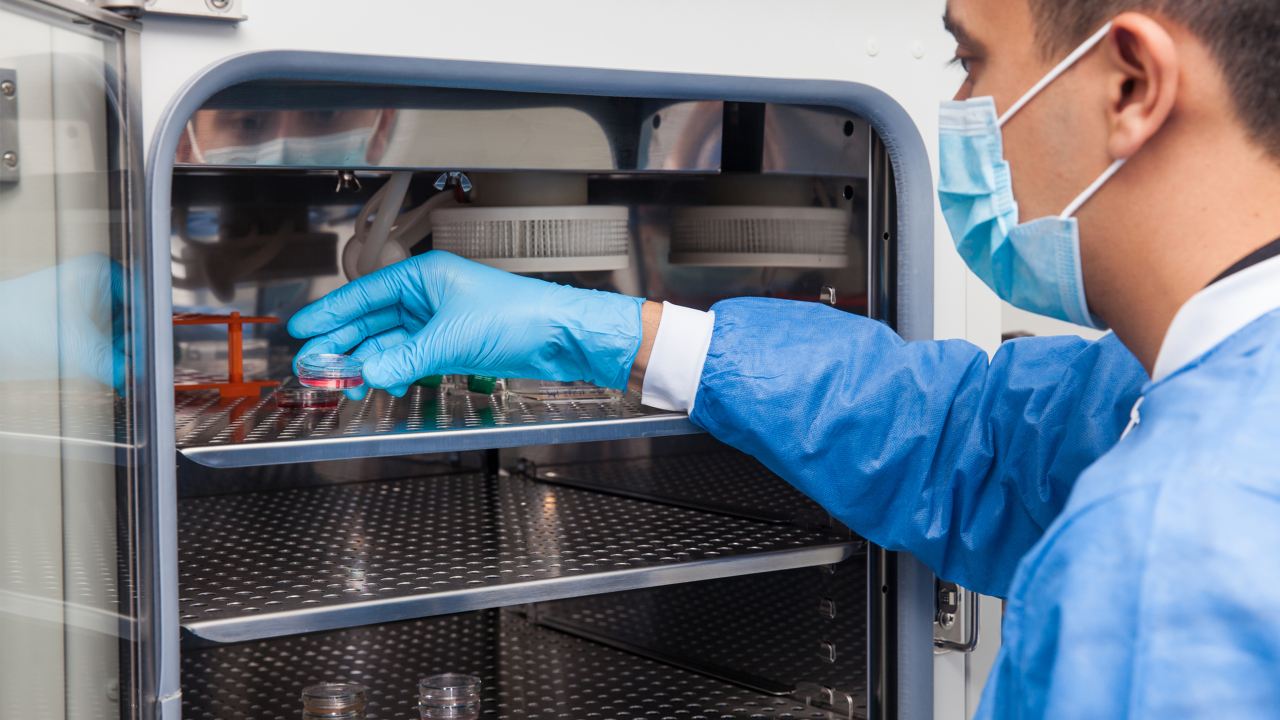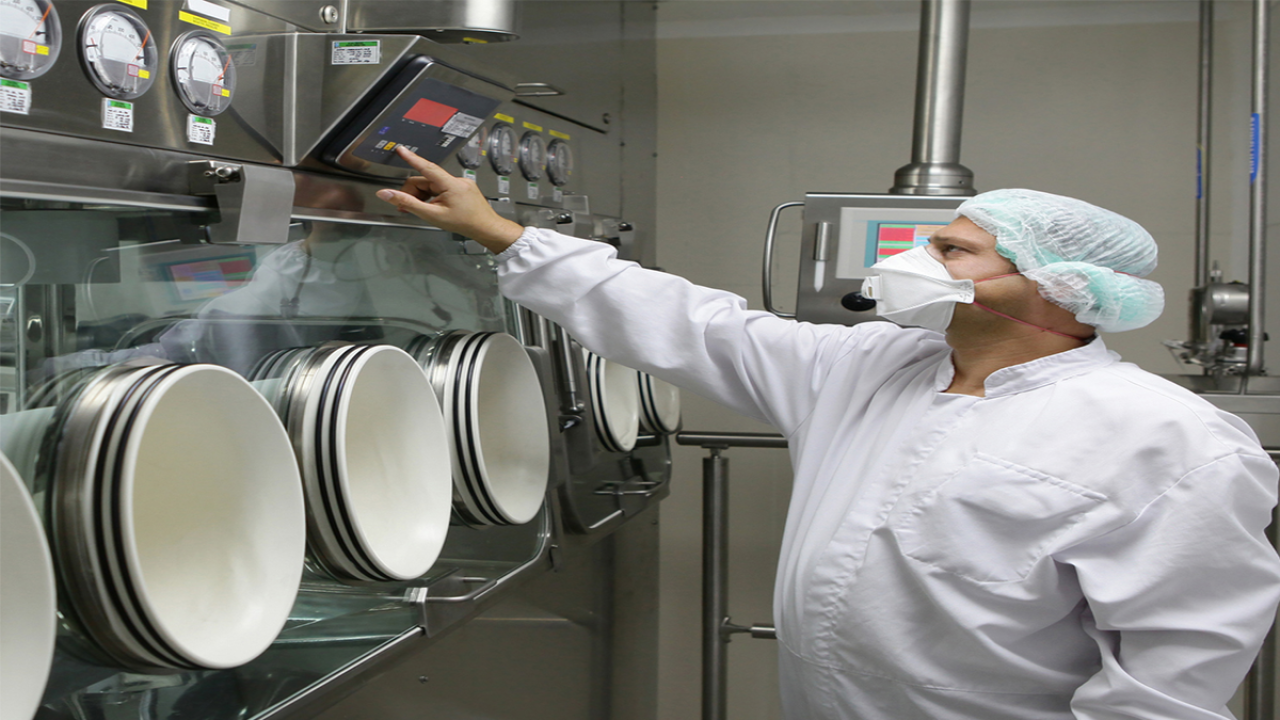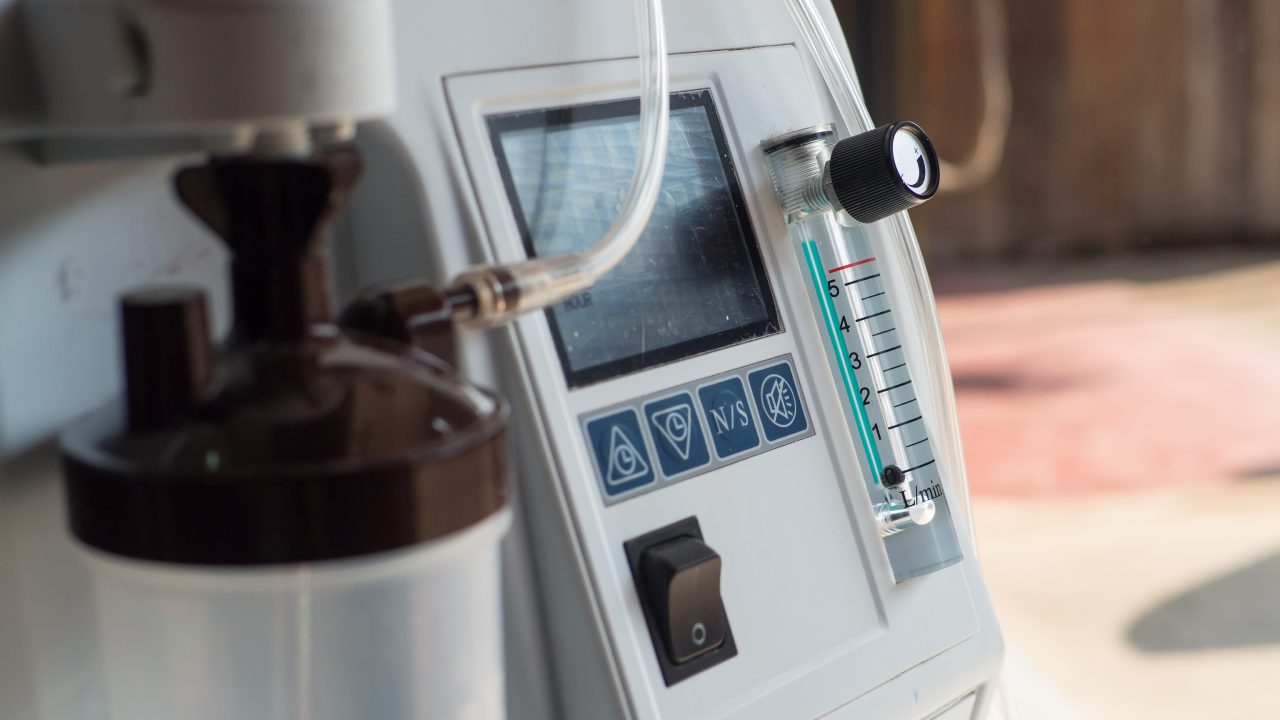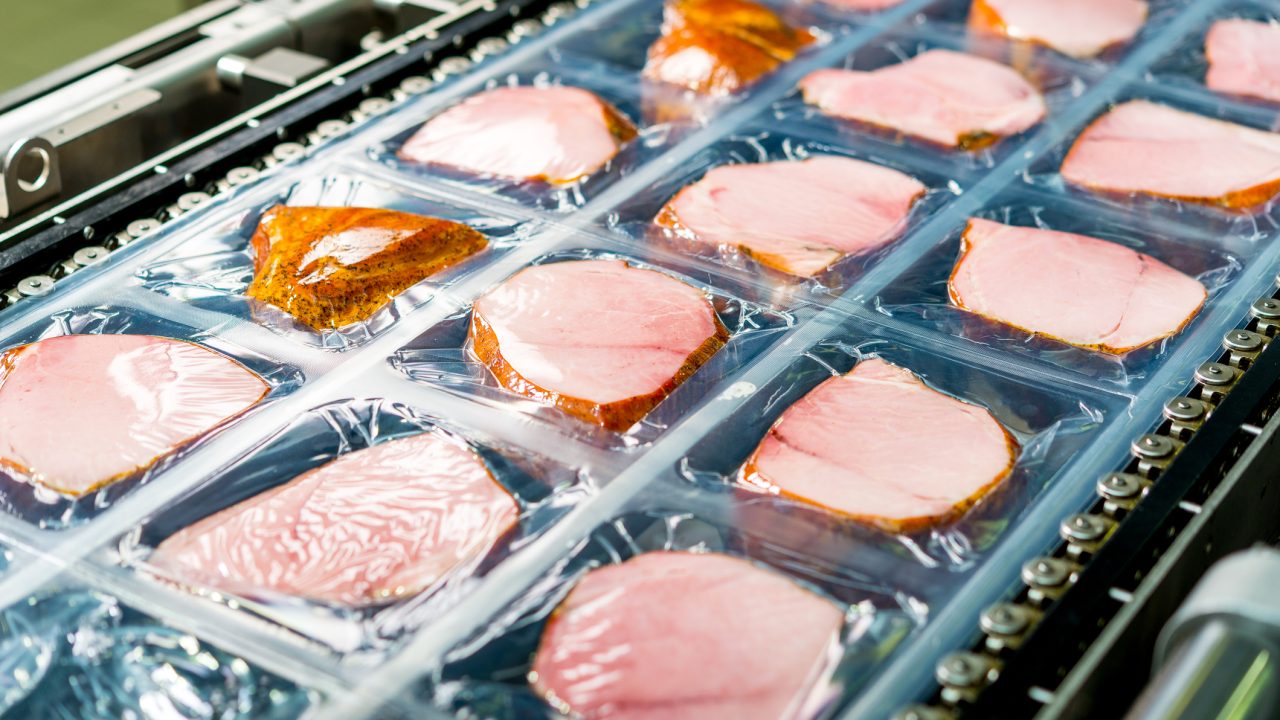
In the food and beverage sector, modified atmosphere packaging (MAP) is a proven method to extend shelf life, preserve freshness, and reduce spoilage. But MAP only works when the atmosphere inside the package is precisely controlled, especially oxygen (O₂). Even small variations can shorten shelf life, trigger microbial growth, or dull flavour and appearance.
That’s where zirconia oxygen sensors from Sensore come in. These robust and precise sensors help maintain the right O₂ balance throughout packaging, storage, and transport, keeping products safe, fresh, and compliant.
Why Oxygen Control Matters in MAP
Oxygen plays a central role in the success or failure of food preservation:
- Spoilage & oxidation: Oxygen accelerates fat oxidation, discoloration, and nutrient loss.
- Microbial growth: Many spoilage organisms and pathogens thrive in oxygen-rich environments.
- Package integrity: Abnormal O₂ levels can indicate leaks, poor seals, or packaging material issues.
MAP systems typically reduce oxygen by replacing it with gases such as nitrogen or carbon dioxide, maintaining only a small residual O₂ level. This delicate balance must be continuously or frequently monitored to ensure product safety and quality.
How Zirconia Oxygen Sensors Work
Zirconia (zirconium dioxide) oxygen sensors are proven to be high-performance devices for precise gas measurement.
They operate on a simple yet powerful electrochemical principle:
- Solid electrolyte: A ceramic element made of stabilized zirconia conducts oxygen ions at elevated temperatures.
- Reference gas: One side of the sensor is exposed to a reference gas — typically ambient air (20.9 % O₂) or an internally defined reference atmosphere, depending on the application and sensor type.
- Sample gas: The other side measures the oxygen in the package or chamber.
- Voltage generation: The difference in oxygen concentration between the two sides generates a voltage, as described by the Nernst equation.
- Signal output: Electronics convert this voltage into a precise O₂ reading, typically in ppm or percent.
Because this measurement is based on fundamental electrochemistry, zirconia sensors offer exceptional stability, repeatability, and accuracy, even at very low oxygen levels.
Key advantages for MAP applications:
- High accuracy and repeatability across wide O₂ ranges
- Fast response to leaks or seal failures
- Long operational life with minimal drift
- Compact designs suitable for packaging lines, chambers, or transport systems
Why Choose Zirconia Sensors Over Other O₂ Technologies
Compared with other oxygen-sensing methods, zirconia sensors deliver a strong balance of precision, reliability, and lifetime performance:
- Non-consumptive measurement: Unlike electrochemical sensors, zirconia types do not consume oxygen during operation.
- Longer lifespan: Their solid-state design ensures years of reliable use with low maintenance.
- High-temperature tolerance: Ideal for environments where other sensors may degrade.
- Excellent low-O₂ sensitivity: Suitable for sub-ppm to percent-level applications typical in MAP.
These features make zirconia sensors the preferred choice for critical gas monitoring in the food and beverage industry.
Applying Zirconia Sensors in MAP Systems
Zirconia oxygen sensors can be integrated at several stages of the MAP process:
- Inline monitoring during packaging
Installed directly on the packaging line, sensors verify oxygen levels in the headspace immediately after sealing, detecting leaks or seal failures before products leave the facility. - Storage and transport monitoring
Sensors placed in cold storage or transport containers track O₂ concentration throughout the cold chain. Deviations can trigger alarms or corrective actions, such as additional gas flushing. - Integrity checking and quality assurance
During QA or packaging trials, sensors measure baseline O₂ levels and track permeation over time, ensuring barrier materials and sealing processes perform as intended. - Feedback control for automated gas injection
In advanced systems, zirconia sensors provide live feedback for closed-loop control, dynamically adjusting gas injection or venting to maintain target oxygen levels.
Sensore’s MAP Advantage
At Sensore, we design zirconia oxygen sensors specifically for the challenges of modern MAP and controlled atmosphere (CA) systems.
Whether embedded into packaging machinery, monitoring cold storage rooms, or ensuring integrity during transport, Sensore sensors deliver fast, reliable, and accurate O₂ measurement where it matters most.
Our key advantages include:
- Custom sensor solutions: Tailored designs and interfaces for your packaging line or chamber.
- Compact and embedded options: Perfect for space-limited or mobile applications.
- Fast response and high accuracy: Enables real-time detection of oxygen deviations.
- Full cold chain coverage: From production to distribution, ensuring consistent product quality and safety.
Integrating Sensore’s zirconia O₂ sensors throughout your MAP process lets you detect issues early, reduce waste, and protect your brand’s reputation.
Best Practices for Using Zirconia O₂ Sensors in MAP
To maximize accuracy and longevity, keep these practical tips in mind:
- Sensor placement: Position sensors in representative sampling zones; avoid stagnant gas pockets.
- Calibration: Perform periodic checks with certified gas mixtures to prevent drift.
- Response time: Select sensors that detect rapid oxygen fluctuations for timely intervention.
- Environmental factors: Compensate for temperature or humidity variations where necessary.
- Cross-interference: Account for possible gas effects from CO₂ or N₂ in calibration routines.
Conclusion
Modified atmosphere packaging is one of the most effective ways to preserve product freshness, but only when oxygen is measured and controlled precisely.
With their robust electrochemical foundation, stability, and fast response, Sensore’s zirconia oxygen sensors provide the precision MAP operators need to safeguard quality, minimize waste, and maintain compliance across every step of the cold chain.
Need help selecting the right sensor?
Contact the Sensore team →
Looking for technical specs?
View our oxygen sensor datasheets →
